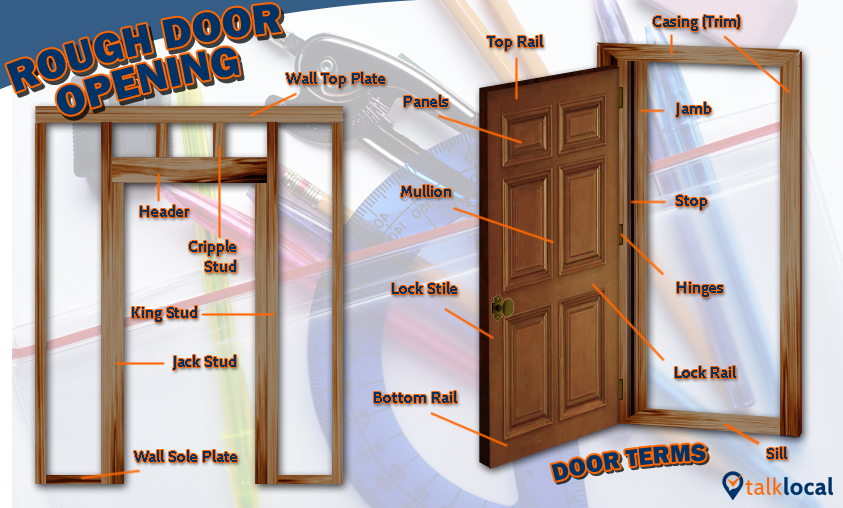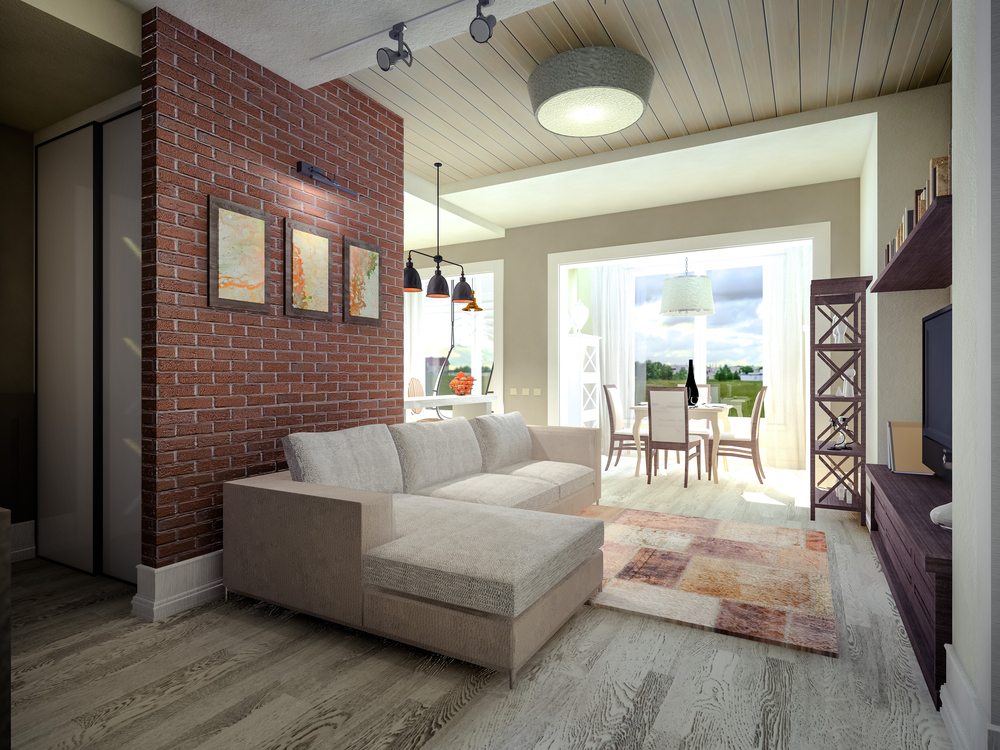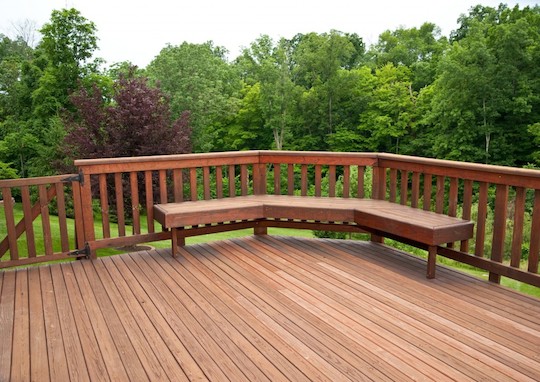There are renovations that you just want to accessorize the home and ones that are absolute necessities. Then, there are these genius home improvement options that we deem neaccessities: accessories so neat they constitute necessities.
The word may be made up but the concept is clearly an ontological fact. Language, the written word, the wheel and indoor plumbing are all inventions which – although not crucial to survival – so greatly enhanced human quality of life and culture that a world in their absence feels literally inhuman. And that’s what these renovations do for the home. They make homes without these features appear unsuitable for mankind.
Here are 3 home renovations that from the moment I experienced them, left me feeling like a caveman…who had just discovered fire!
Indoor Doggy/Kitty Doors:
Seeing the litter box of Malicious Mittens and The Great Catsby is a great reminder to clean said litter box daily. But, as the look of mutual embarrassment passes over all our mammalian faces, I’m reminded that I’d rather set a daily calendar alert. So, why not install a pet door into that perfectly good broom closet where gentle felines could do their business in quiet dignity?
Plus, if you don’t mind pets in your room, then there’s no reason they should be barred from/imprisoned inside anywhere to conserve heating or cooling from a space heater or A/C. Pet doors as needed throughout the home ensure seamless co-existence with your pets…without you all living like animals!
Closet Remodeling:
The next time someone gives you a tour of their beautiful home, repeat after me (Jerry Maguire style): “Show…me…the…closets!” There are options like rolling ladders, upper-storage cabinets, pull-out and slide-out shelves, cubby-holes and more. There’s a personalized design for every wardrobe and lifestyle. If you want to spend as little time in your closet as possible, cut the frills and maximize efficiency. And, if you love playing dress-up like me, the right design can make daily primping feel like a mini shopping spree at a high-end boutique.
What you won’t do is rummage through a veritable trough like a pig bobbing for apples for the rest of your life. I’ll pause while you reevaluate your life choices thus far.
Heating Vent Beneath the Kitchen Sink:
As a guest in someone’s home, you may be gracious enough to clear the table. Then, a radiant wind like angels’ breath brushes across your peep-toe kitten heels. Discreetly stepping out of your shoe…gasp! Is this a memory foam kitchen floor mat? Why yes, it is. Then, you proceed to wash a dish and dry a dish, and wash a cup and a pan – all while cooing at the sunshine nipping at your toes.
That is the power of strategically placed heating vents, not-to-mention memory foam kitchen floor mats. You’ll clear the sink far more willingly with your toes swaddled in a cloud of summer breezes. And, if you’re not standing in the warm white sands of sun-kissed memory foam every time you do your chores, then you might as well be walking on coals while dingoes chew at your ankles!
I’m sorry if the cornea-searing light of smart home renovation has blinded you to the few minuscule pleasures of your once unwittingly bleak existence. You’re not alone. I, too, wallowed in newly recognized squalor but am now planning my own home improvement renaissance; with each step, I am closer to renovation nirvana. Change is gonna come, my friends.
And, if you’re in the process of choosing a handyman to bring the changes you and your home so desperately need, TalkLocal can help. Just visit TalkLocal to go from search to conversing with the right local professional over the phone in about 90 seconds.











